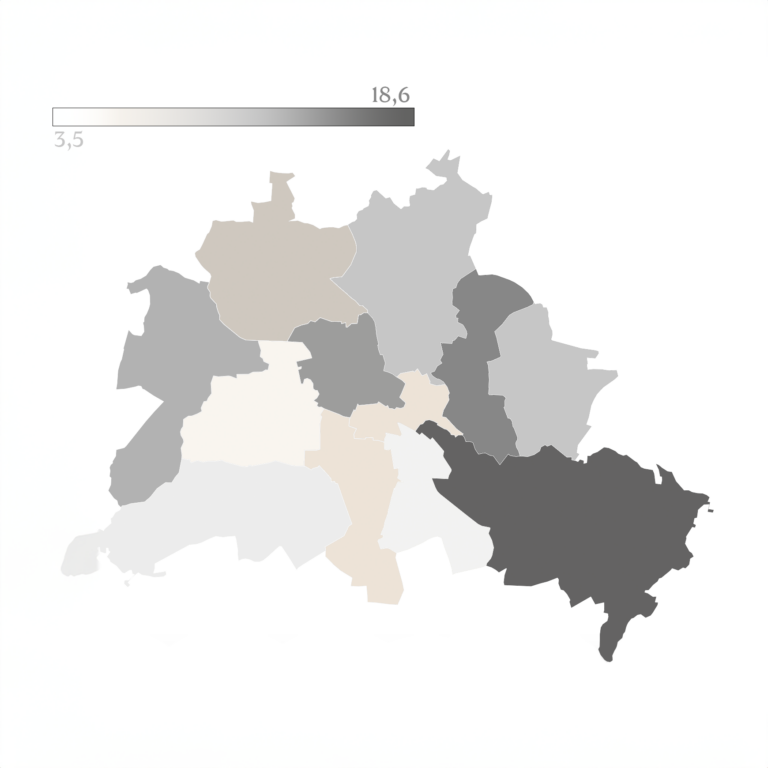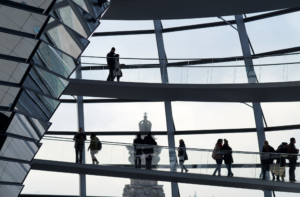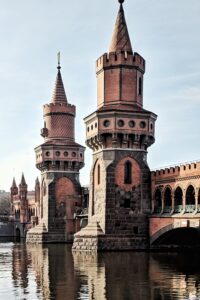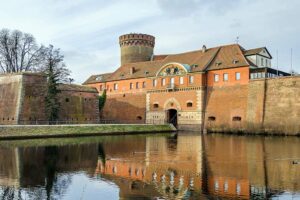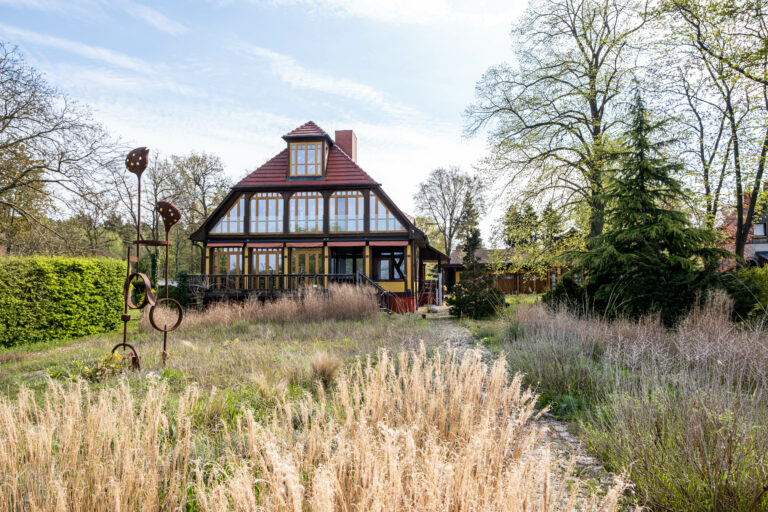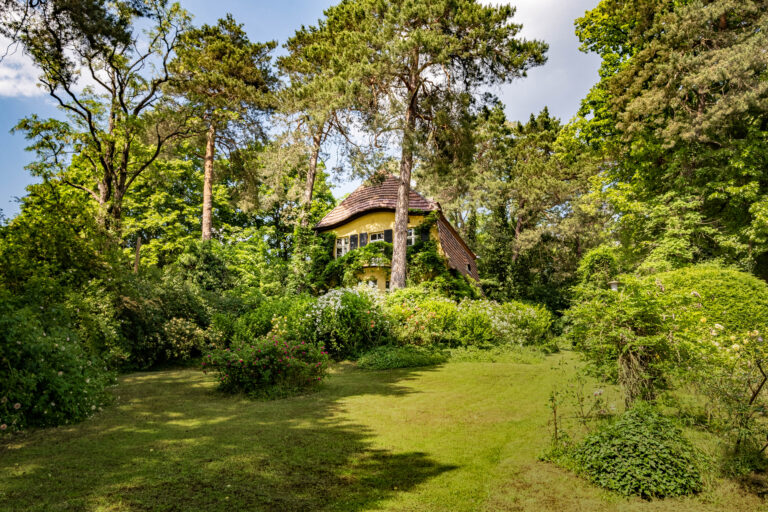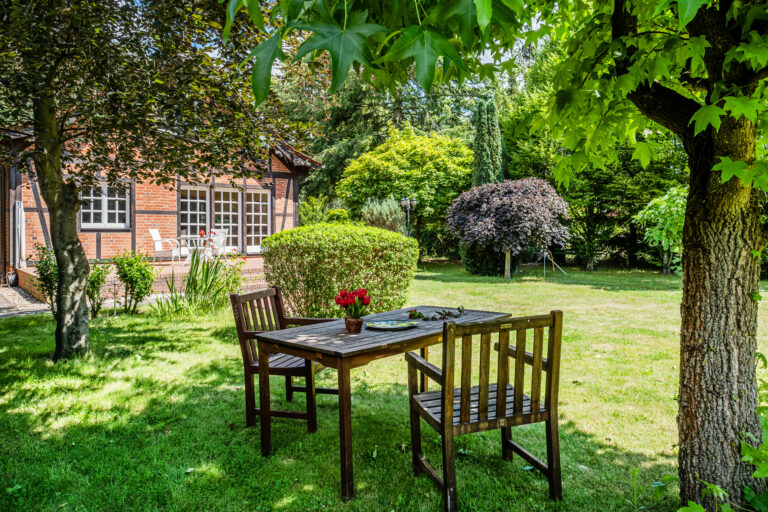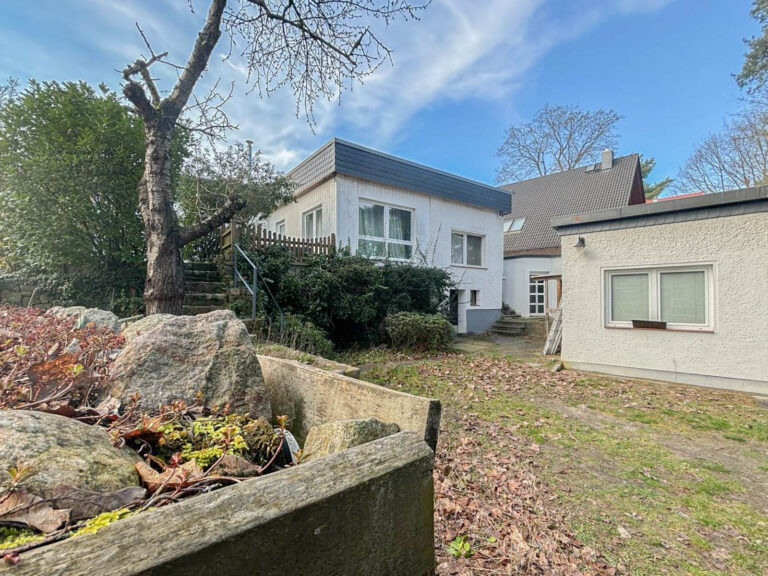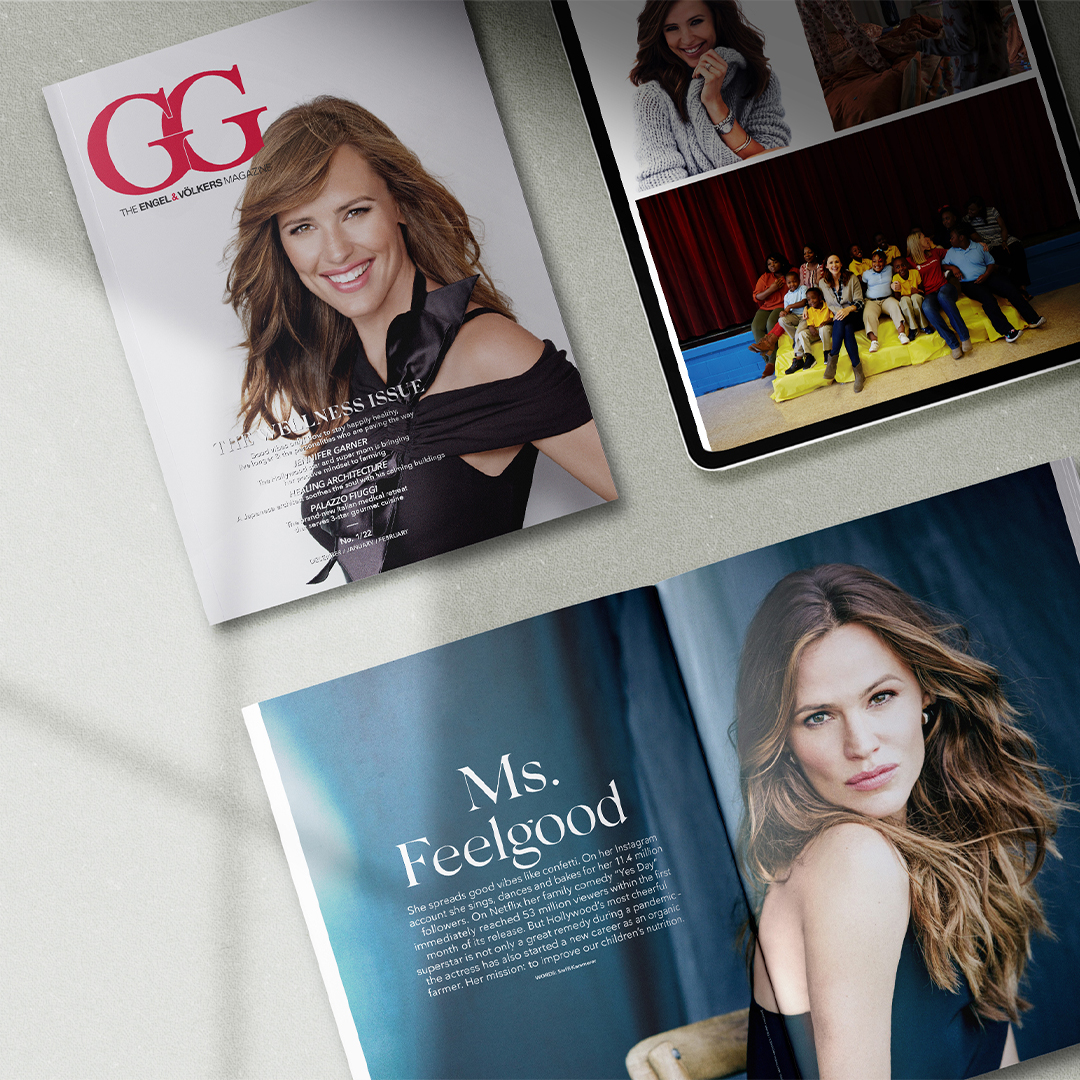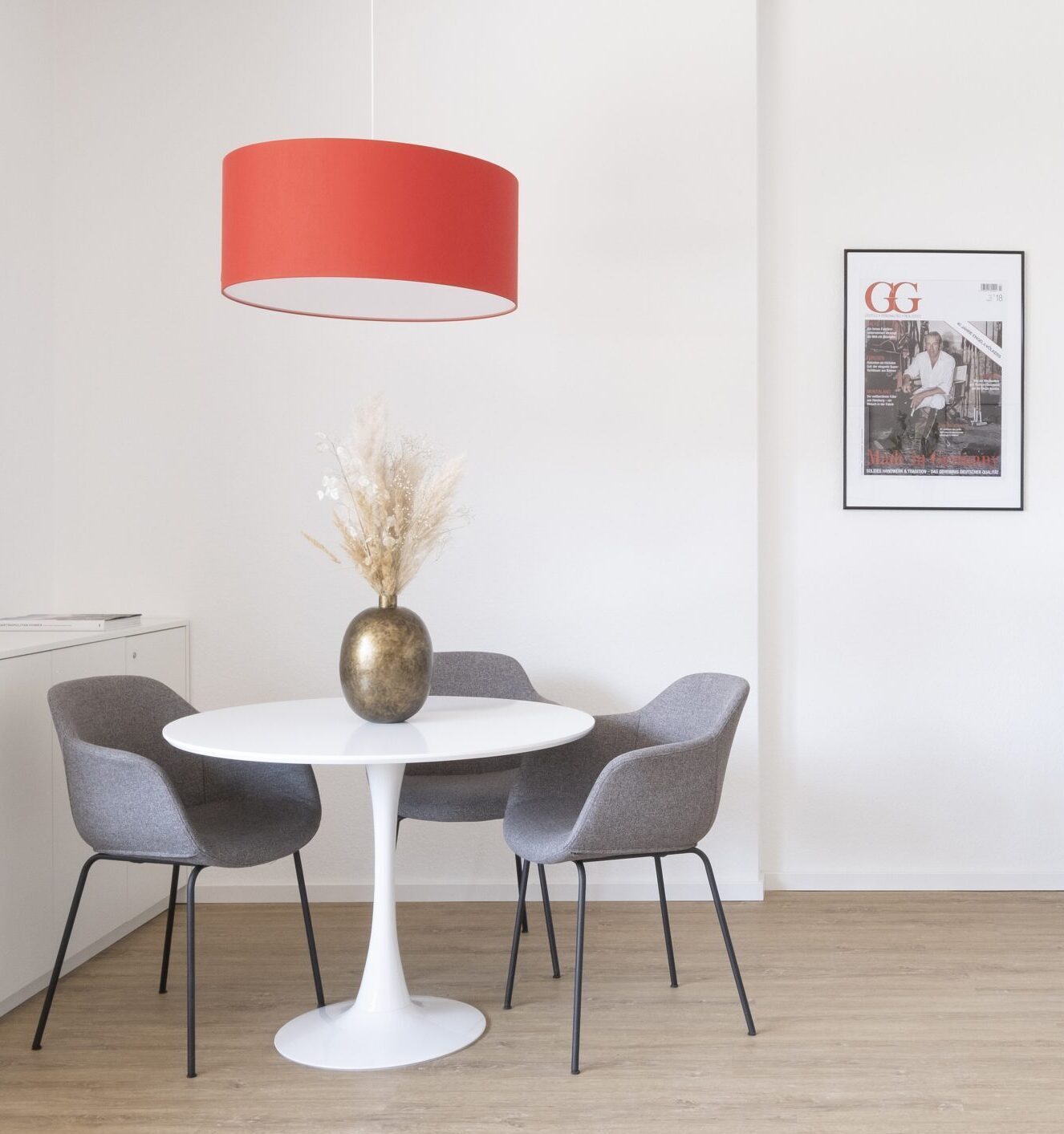City or country – living in the city of Berlin
Experience the urban life in Berlin
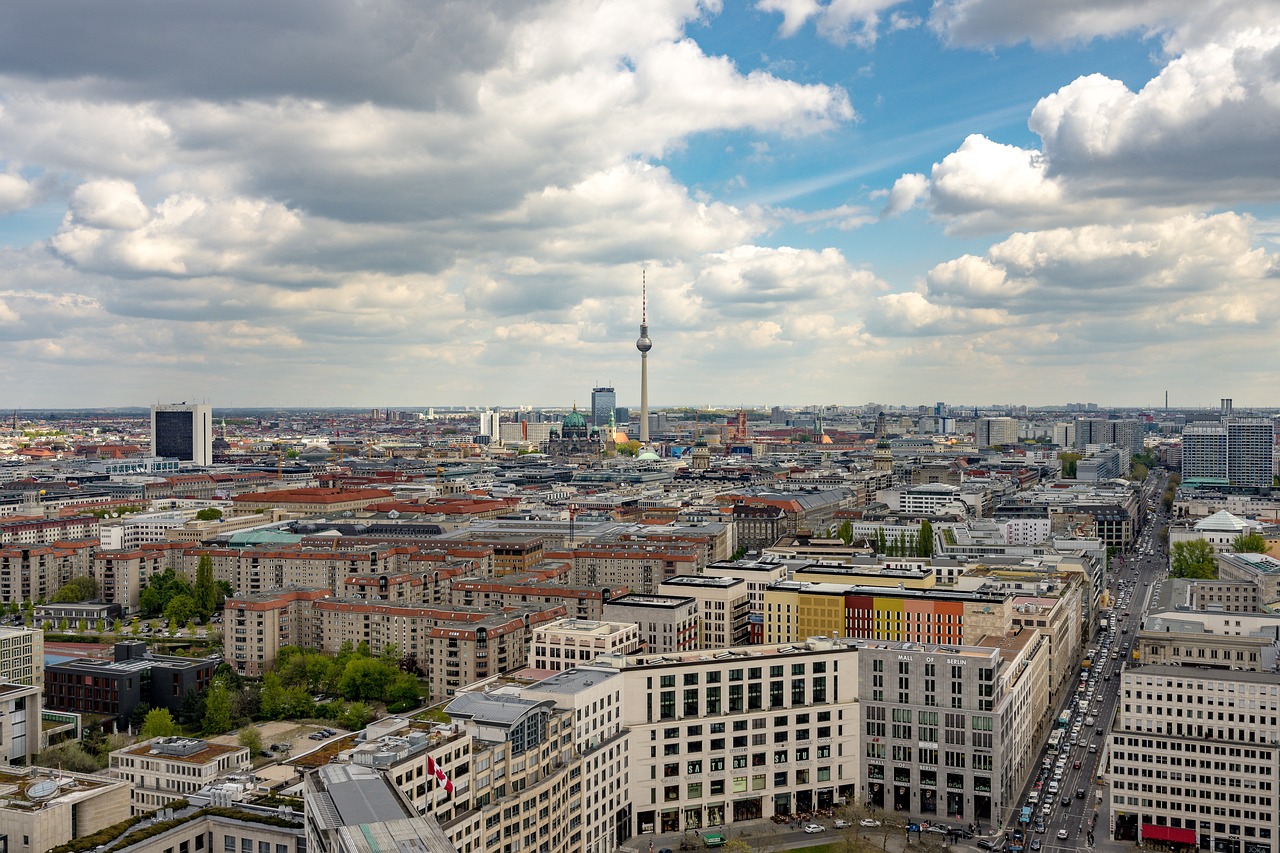
“Being woke” – there is probably no other city where this is as possible as in Berlin. A legendary metropolis with impressive people that unites subcultures. Old with young. Alternative with conservative. Families with students.
The decision between living in the city or in the country is often influenced by personal preferences, but also by various factors such as infrastructure, the job market, cultural offerings and proximity to friends and family. The German capital Berlin is a particular focus here. In this article, we will shed light on the advantages and disadvantages of city life in Berlin and take a look at the development of residents in major German cities and in the districts of Berlin.
Rural exodus –
Population development in large cities and in Berlin
Rural exodus is a phenomenon that has been increasing in recent years. In 2021, the Federal Statistical Office published a map showing the catchment areas of major cities in Germany (source: destatis.de). This map provides information on the development of the population in the various regions of Germany.
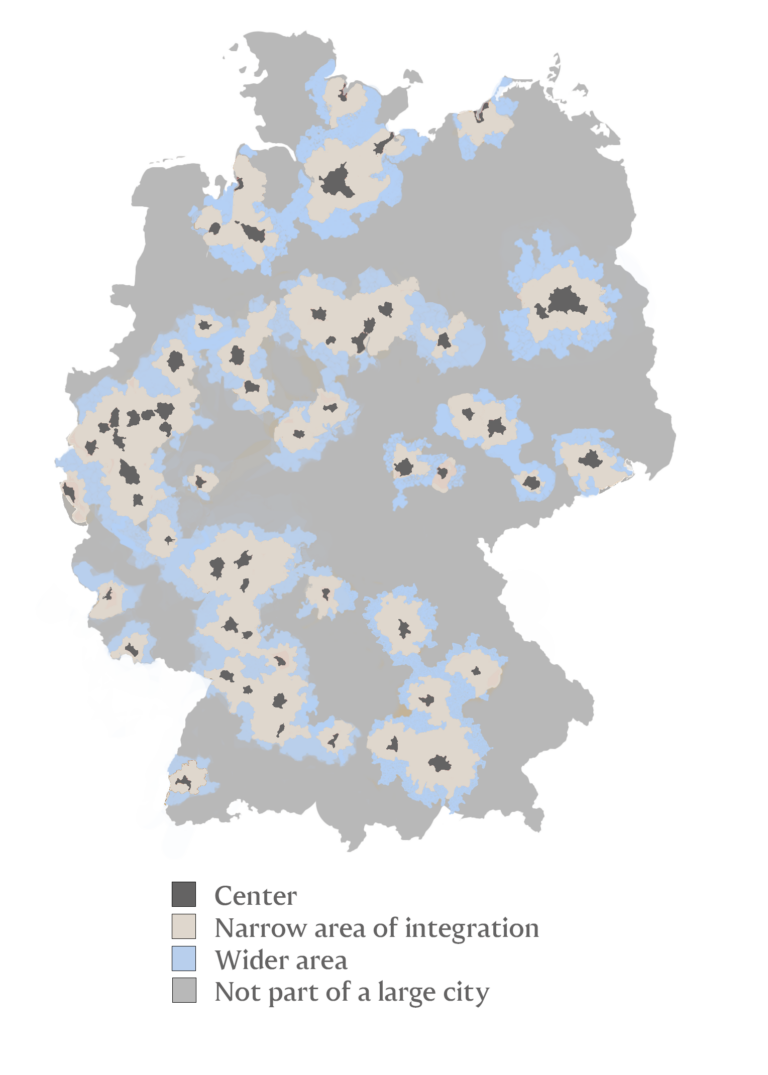
In 2022, 60 million people in Germany lived in large cities and their surrounding areas, which corresponds to 71% of the population. A major city is defined as a settlement with more than 100,000 inhabitants. The map shows that the surrounding area also plays an important role for commuters who travel to work in the city every day. Germany has 50 metropolitan regions, 16 of which have more than 1 million inhabitants. The focus on these metropolitan regions shows their central importance for the economy and culture. In 2022, there was a renewed increase in metropolitan influx, mainly due to immigration. Germany attracts people from different parts of the world – be it because of professional opportunities, good education or a high quality of life.
Berlin’s population development shows a strong overall increase of 11%, from 3.5 million in 2012 to 3.9 million in 2022. Treptow-Köpenick, Lichtenberg and Mitte in particular recorded significant population growth, mainly due to new construction, especially in Mitte.
There was a redistribution in Lichtenberg and Treptow-Köpenick, with young families in particular moving to these districts. Neukölln initially recorded lower growth due to smaller families and less construction activity, but new families are now increasingly moving to the district again.
Some popular Kreuzberg neighborhoods now have fewer residents, which is due to the change in family structures towards more childless couples or single people.
Heidestraße with the new EuropaCity, on the other hand, has the largest neighborhood growth in Berlin.
More about Europacity
City life –
What makes Berlin so special
Berlin is not only the capital of Germany, but also a city known for its diversity, rich culture, thriving job market, excellent infrastructure and the countless opportunities of a metropolis. The exceptional properties in Berlin also contribute to the city’s appeal.
“What our customers appreciate most about Berlin is the diversity in the various districts. Everyone can live here according to their own individual ideas – be it in an old apartment in Prenzlauer Berg, a modern loft in Friedrichshain or a detached house in Spandau or the surrounding area.”
Nico Haagaard, Member of the Management Board & Head of Sales
The diversity of people and the cultural scene make Berlin a unique place. A wide variety of lifestyles and perspectives come together here, making the city a melting pot of cultures. Every district in Berlin has its own fascinating special features:
Berlin not only offers a wealth of cultural activities, but also numerous professional opportunities. The job market is diverse, especially in sectors such as technology, creative industries and tourism. The excellent infrastructure, including a well-developed public transportation network, supports mobility and access to different parts of the city.
The real estate landscape in Berlin is as diverse as the city itself. From historic old buildings to modern apartments and loft apartments – Berlin offers the right housing option for every taste and budget.
Advantages of living in a city
City life brings with it numerous advantages that not only affect the quality of life, but also career prospects.
-
Good infrastructure
The distances are short
Cities like Berlin have a well-developed infrastructure. Access to public transport, schools, hospitals and shopping centers makes daily life convenient and efficient.
-
Diverse labor market
Find a job quickly
The job market in cities is often more diverse and offers a wider range of career opportunities. Especially in sectors such as IT, media and finance, there are numerous job opportunities in metropolitan areas such as Berlin.
-
Cultural diversity
Cafés, restaurants or concerts
The cultural selection in a city is an essential aspect of city life. From museums and theaters to concerts and festivals, cities offer a wide range of cultural activities for all tastes.
-
Stable housing market
Sustainable, smart investments
The housing market in cities is often characterized by a higher stability of property values. Investments in urban real estate are often considered secure and profitable in the long term.
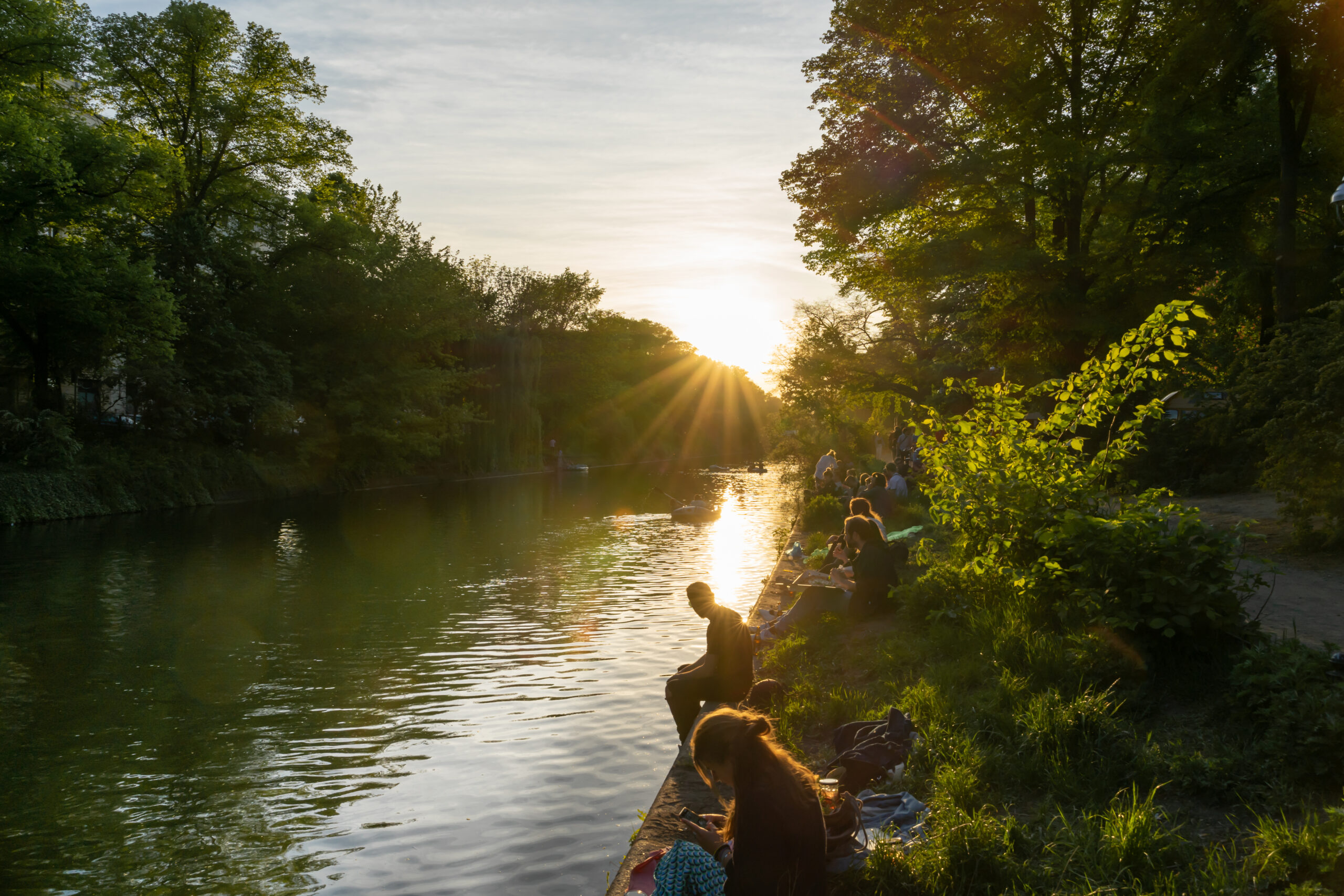
Living in the countryside
Beautiful life in the countryside – The trend towards rural living is experiencing a renaissance, as growth in metropolitan regions has slowed since 2019 due to the effects of the coronavirus pandemic. Population growth in 2020 and 2021 amounted to just 0% and 0.1% respectively, almost stagnating. A positive increase can only be seen again due to increased migration to the countryside.
Discover the benefits of living in the countryside and the opportunities it offers. Find out more about the real estate market and the attractiveness of living in the countryside, especially in Brandenburg.
Read moreSpecial real estate in Brandenburg
-
Brandenburg
Der visionäre Berliner Bauunternehmer, Architekt und Tischlermeister Georg Heyer erwarb im Jahre 1920 das Gelände einer ehemaligen Ziegelei an der Ostseite des Ruppiner Sees. Heyer, der bereits in Berlin als Unternehmer sozial tätig war, gründete hier in den Folgejahren die Gildenhall Freiland-Siedlung eGmbH und überließ interessierten Kunsthandwerk Schaffenden das Areal mit dem Ziel, ihnen Werkstätten und damit eine wirtschaftliche Grundlage zur Verfügung zu stellen. Im Geiste der 1920er Jahre entstand so eine einzigartige Lebens- und Arbeitsgemeinschaft, die – entgegen der Strömung des Bauhauses – nicht die industrielle Produktion, sondern das individuelle handwerkliche Schaffen im Fokus hatte. Auf einem an den Ruppiner See angrenzenden Grundstück errichtete Heyer für sich und seine Familie ein imposantes Fachwerkhaus, das er selbst bis zur Weltwirtschaftskrise 1929 bewohnte. In den darauffolgenden Jahrzehnten wurde das Haus für unterschiedliche Zwecke genutzt. In den Jahren 1995 – 2000 erfuhr das Haus eine umfangreiche Kernsanierung und wurde von seinen neuen Eigentümern liebevoll und im Geiste der ehemaligen Künstlerkolonie ausgebaut und gestaltet. Den Künsten und individueller, handwerklicher Gestaltung sehr zugetan, schufen sie ein einzigartiges Kleinod. Jeder Raum erhielt eine individuelle und spezifische Gestaltung, die oftmals von befreundeten Kunstschaffenden realisiert wurde. Technische Raffinessen wie das Bus-System und die Multi-Room Anlage, die im Zuge der Modernisierungsarbeiten ebenfalls installiert wurden, setzen die dargebotene Kunst und die besondere Gestaltung der Räume optimal in Szene und schaffen somit den Rahmen für eine außergewöhnliche Atmosphäre. Zahlreiche hochwertige Einbauten wie die maßgefertigte Küche mit angeschlossener Spülküche und das mit vielen Annehmlichkeiten ausgestattete Haupt-Badezimmer gehören ebenfalls zur Ausstattung wie die beiden Echtholzkamine, die im Winter ein behagliches Ambiente schaffen.
-
Brandenburg
Auf dem oberen Grundstücksteil thront das um 1910 von Arno Tonndorf erbaute und noch weitgehend authentisch erhaltene Landhaus, das zu den ersten in Wilhelmshorst entstandenen Gebäuden gehört und unter Denkmalschutz steht. Ein gepflasterter Weg führt Sie zu der bildhübschen Villa, die von einer wundervollen Glyzinie umrankt wird und nach Südwesten ausgerichtet ist. Lebensmittelpunkt des Hauses ist das im Erdgeschoss befindliche Wohnzimmer mit Kaminofen und Blick über den bezaubernden Garten. Angrenzend ist das Esszimmer mit hellen Sprossenfenstern, die die Räume in angenehmes Licht tauchen. Die separate Einbauküche und der rechts vom Eingangsbereich gelegene abgetrennte Garderobenbereich mit Gäste-WC stellen den klassischen Grundriss aus der Bauzeit dar. Im ersten Obergeschoss befinden sich drei Schlafzimmer und ein Badezimmer. Ein weiteres Schlafzimmer nebst Ausbaureserve ist im zweiten Obergeschoss vorhanden. Die erhöhte Lage des Gebäudes ermöglicht in südwestlicher Richtung einen besonderen Blick über die Gemeinde. Direkt hinter dem Haus beginnt ein Landschaftsschutzgebiet mit einem ca. 250 Hektar großen Mischwald.
-
Brandenburg
Das 1943-45 erbaute Fachwerkhaus wurde von 2001 bis 2002 aufwendig und sehr liebevoll saniert. Im Erdgeschoss des Hauses befinden sich ein Ess- und Wohnzimmer sowie die Küche und ein Bad mit Badewanne. Das Wohnzimmer gewährt dank der großen Fensterfront den Blick auf die Südterrasse und den dahinter liegenden Garten. Verschiedenste und sehr besondere Strauch- und Baumanpflanzungen bieten das ganze Jahr über idyllische Rückzugsorte. Die zentrale Rasenfläche lässt genügend Raum für sportliche und kindlich-spielerische Aktivität. Zentraler Blickpunkt in der Küche ist eine Original-Kochmaschine, die vor allem im Winter für eine sehr besondere Gemütlichkeit sorgt. Das Obergeschoss verfügt über ein zweites, sehr großzügiges Schlafzimmer mit ausreichend Platz für einen Arbeitsbereich sowie ein Gäste-WC. Alle Fenster sind mit Jalousien versehen, die teilweise elektrisch bedient werden können. Die auf dem Grundstück befindliche Backstein-Remise bietet im Obergeschoss zusätzliche Ausbaufläche. Ein unbedingtes Highlight ist zudem der separate, komplett ausgestattete, Fitnessraum mit kleiner Sauna. Wer Outdoor-Aktivitäten bevorzugt, hat die Natur mit dem unmittelbar an das Grundstück grenzenden Waldgebiet quasi vor der Tür. Der Fitnessraum ist beheizbar und kann vielfältig – als zusätzlicher Wohnraum, Arbeitszimmer, Galerie und ähnliches – genutzt werden. Viele Fenster schaffen eine helle Atmosphäre und gewähren schöne Blicke in Natur und Garten. Ergänzt wird das Angebot durch eine Garage und einen Außenstellplatz auf dem Grundstück.
-
Falkensee and Havelland
Dieses geräumige Bungalow bietet das ideale Zuhause für Familien, die gerne gesellige Abende mit Freunden verbringen, oder Paare, die ihren Home-Office Bereich erweitern möchten. Mit einer großzügigen Wohnfläche von ca. 175 m² und zwei weiteren Gebäuden, die durch eine charmante Gartenanlage verbunden sind, bietet das Bungalow ausreichend Platz für einen ruhigen Arbeitsbereich oder gemütliche Abende mit Freunden und Familie. Der Wohn- und Essbereich ist großzügig gestaltet und lädt zum Verweilen ein. Zudem verfügt das Bungalow über zwei Schlafzimmer, eine gut ausgestattete Küche und ein Badezimmer. Die Küche und der Wohnbereich profitieren von reichlich Tageslicht, das durch die großen Fenster und die angrenzende Terrasse einströmt. Ein hübscher Kamin verleiht dem Wohnzimmer eine elegante Atmosphäre. Die gepflegte Einbauküche bietet alle notwendigen Funktionen, um gemeinsam mit Ihren Liebsten zu kochen. Ein Essbereich findet ebenfalls Platz hier. Die hinten gelegenen Zimmer können als Schlafzimmer oder Kinderzimmer genutzt werden. Das große Schlafzimmer ist lichtdurchflutet und bietet Raum für individuelle Gestaltungsideen. Eine zusätzliche Tür ermöglicht den Zugang zum hinteren Garten. Das Badezimmer verfügt über eine bodentiefe Dusche und einen Handtuchwärmer. Ihr Fahrzeug findet entweder Platz in der Garage vor dem Haus oder auf einem Stellplatz am Seiteneingang.
